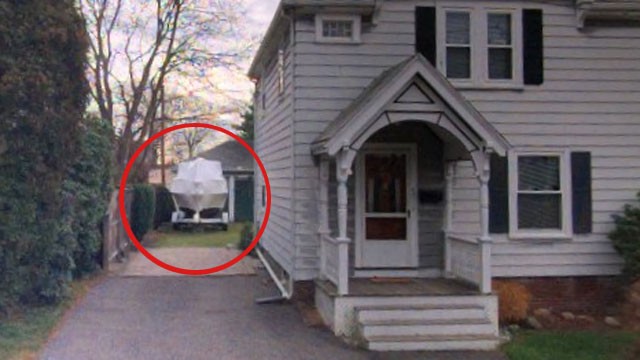While many in the security and law enforcement communities will have their own post-analysis, I was struck by the clumsy strategies exhibited by the myriad authorities--federal, state, and local--which converged and tripped over each other in the frantic search for the bombers. What became obvious is that there is a gross overestimation of the capabilities of police, security, and paramilitary authorities, and a concomitant lack of understanding, and use, of the power of crowdsourcing and its huge advantages in leveraging the public "know-how" and "problem-solving" capabilities. The public has a vested self-interest in the apprehension of terrorists (as well as prevention of acts of terrorism). Despite the FBI reportedly having interviewed one of the bombing suspects in 2011, and the other suspect having become a US citizen last year, the FBI was unable to ID the bombing suspects until after information was released to the public and a plea made for help. Likewise, the most valuable intelligence available immediately after the explosions were the photos and video that had been taken by the public and media in the area (mostly with smartphone cameras) as well as the private security cameras of adjoining businesses. Finally, after putting the Boston area on lockdown for approximately 20 hours and engaging in countless man-hours in a failed attempt to track and locate bombing suspect #2 (who was injured, bleeding, and on foot), the lockdown was lifted and the public was allowed to solve the problem--bombing suspect #2 was located by a man and his dog--
Watertown Hero David Henneberry Points Police to Bomb Suspect - ABC News: " . . . The chain of events that led to the discovery of the most wanted man in America began around 6 p.m., when Massachusetts Gov. Deval Patrick lifted the Boston lockdown and ordered the restart of mass transit. At approximately 7 p.m., Henneberry took advantage of the lifted lockdown and entered his backyard to walk his dog. Henneberry noticed something amiss with his prized boat, according to Henneberry's neighbor, George Pizzuto.

Bing
"He looked and noticed something was off about his boat, so he got his ladder, and he put his ladder up on the side of the boat and climbed up," Pizzuto said. "And then he saw blood on it, and he thought he saw what was a body laying in the boat. So he got out of the boat fast and called police.". . ."
The rest is history. But it is worth noting that had the lockdown not been lifted before nightfall (and the public allowed to nose around) the suspect may have never been captured alive (he was found in very weak condition from blood loss).
Lessons learned--
- The public using cameras for photos and video in public areas should be legal in all jurisdictions (some jurisdictions have attempted to limit this right);
- The public is the nation's best resource in the "war against terrorism;"
- Information sharing with the public, as well as crowd-sourcing for information-analysis and problem-solving, should be among the first tools utilized by law enforcement and security agencies, not a last option after those same authorities have "failed." The legacy modes of thinking, and old paradigms of limited information gathering, analysis, and sharing, while always limited in their effectiveness in the past, clearly do not work efficiently in today's environment.
